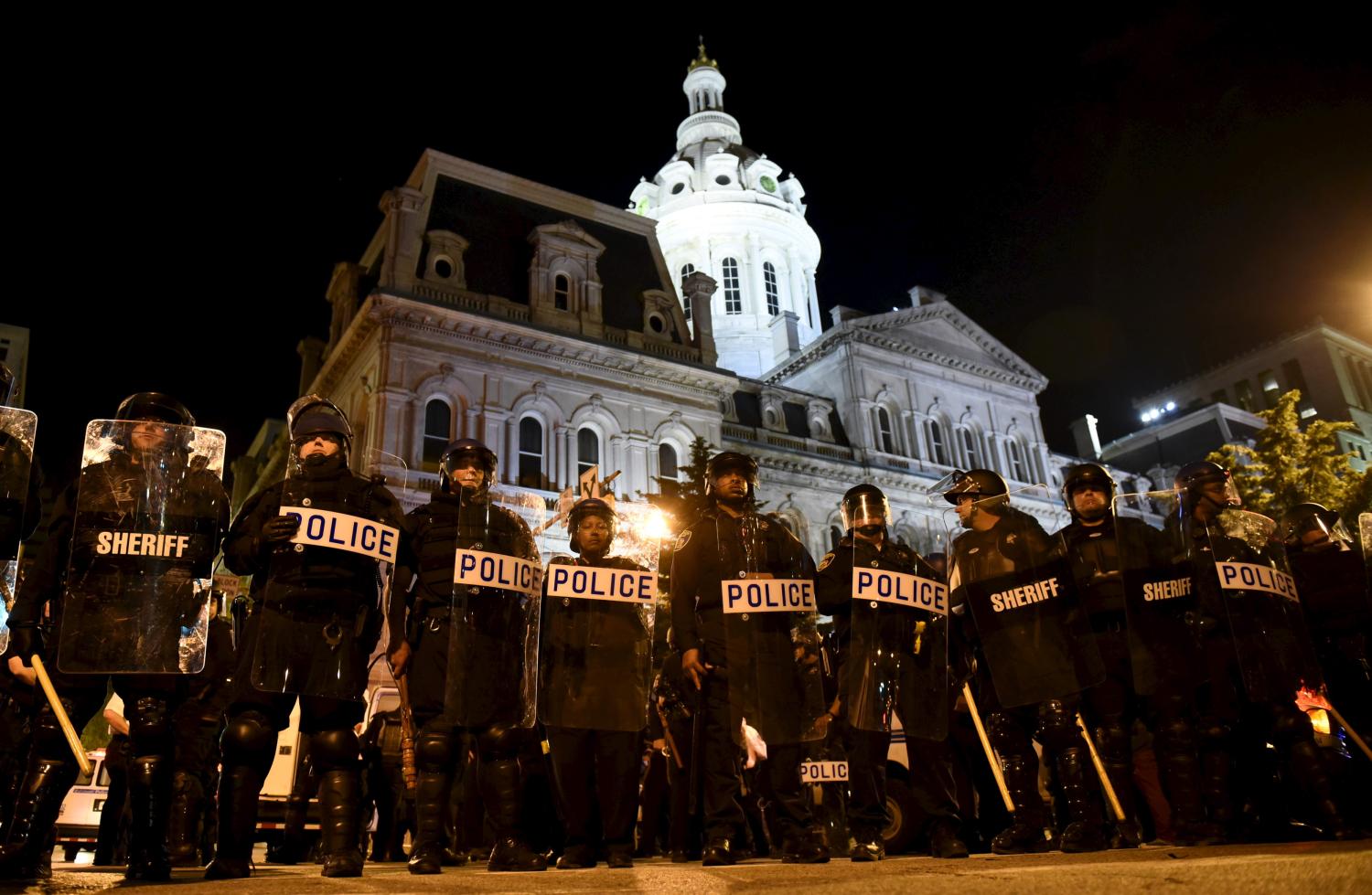Below is the conclusion from “A Better Path Forward for Criminal Justice,” a report by the Brookings-AEI Working Group on Criminal Justice Reform. You can access other chapters from the report here.
As we write this report, the high-profile failures of the criminal justice system remain front and center in news coverage and the nation’s public policy agenda. The trial of former Minneapolis police officer Derek Chauvin in the killing of George Floyd draws our attention to how police authority continues to be a frequent threat to life and well-being, especially for low-income individuals and people of color. The police killing of Daunte Wright in a Minneapolis suburb further fuels community distrust and racial division in the Twin Cities and around the country.
At the same time, we are seeing a sudden and disturbing spike in criminal activity and violent offenses in our major urban areas. This spike has variously been attributed to social stress related to the pandemic, a declining willingness of police forces (in the wake of the Floyd death and subsequent civil unrest) to risk potentially dangerous confrontations with individuals committing crimes, and a growing unwillingness among prosecutors to try lower-level offenses thus implicitly encouraging worse ones.
As we prepare to exit pandemic conditions, we recommend a strategic pause to gather data that will help us understand why criminal activity has gone up and inform both immediate responses as well as longer-term reform initiatives. There will be a temptation – on both sides – to argue that the recent spike confirms their prior understandings and policy preferences; either that the recent burst of crime can be effectively controlled by a ratcheting up “tough-on-crime” policies and practices or that it is exactly these practices that create the predicate for crime surges by disrupting lives, families, and neighborhoods through excessive reliance on force and incarceration. We should resist both of these views while we strive for a better understanding of the forces driving and shaping patterns of criminal offenses. It is entirely possible, given the unprecedented conditions of the past 12 months, we will find ourselves surprised by what we learn.
As is often the case, we may need an “and” approach rather than an “or” approach. Policies need to address recent rises in crime and overpolicing. This is why our report focuses on the criminal justice as a whole. Policing is the entree to the criminal justice system that sorts people based on race, social class, and place. Most people do not want less policing. They want equitable policing, and equitable treatment once interacting with the criminal justice system, either as a victim or perpetrator.
Research-informed innovation that builds a more flexible and effective toolbox of responses is needed to move us towards the more peaceful, flourishing, and just society that is the shared objective of conservatives and progressives alike.
The sources of criminal activity and public safety challenges are multifaceted while our responses to them are often singular: more and tougher policing, prosecution, and incarceration. Not every public order challenge is a nail in need of a hammer. If we are to honor the dignity of every person and respect the sanctity of human life, we need a more balanced and diversified approach that recognizes confrontation and coercion are not the only, and often not the best, strategies for protecting our communities. Research-informed innovation that builds a more flexible and effective toolbox of responses is needed to move us towards the more peaceful, flourishing, and just society that is the shared objective of conservatives and progressives alike.
The essays in this volume and the recommended supplemental readings provide much food for thought about the major areas of criminal justice reform that should be at the top of the nation’s agenda. The recommendations are varied and informed by differing perspectives on how to better balance the requirements of community safety, civil liberty, policing and procedural protections, and supporting and achieving lasting changes in attitudes, behaviors, and outcomes among justice-involved individuals as befits a nation committed to the idea of rehabilitation and not just retribution. The authors in this volume will continue convening to discuss, debate, and research these complex issues, with a shared goal of identifying ways to improve our country’s criminal justice system. These are deeply interconnected issues requiring a thorough, thoughtful, and comprehensive response rather than an immediate reversion to long-held and -argued views that may fit recent history or current conditions. A nation that incarcerates so many at such a high cost in public resources and wasted human lives can ill-afford to do otherwise.
The Brookings Institution is a nonprofit organization devoted to independent research and policy solutions. Its mission is to conduct high-quality, independent research and, based on that research, to provide innovative, practical recommendations for policymakers and the public. The conclusion and recommendations of any Brookings publication are solely those of its authors, and do not reflect the views of the Institution, its management, or its other scholars.
The American Enterprise Institute for Public Policy Research is a nonpartisan, nonprofit 501(c)(3) educational organization. The views expressed in this report are those of the authors. AEI does not take institutional positions on any issues.
Support for this publication was generously provided by the Ewing Marion Kauffman Foundation. The views expressed in this report are those of its authors and do not represent the views of the Foundation, their officers, or employees.
The Brookings Institution is committed to quality, independence, and impact.
We are supported by a diverse array of funders. In line with our values and policies, each Brookings publication represents the sole views of its author(s).





